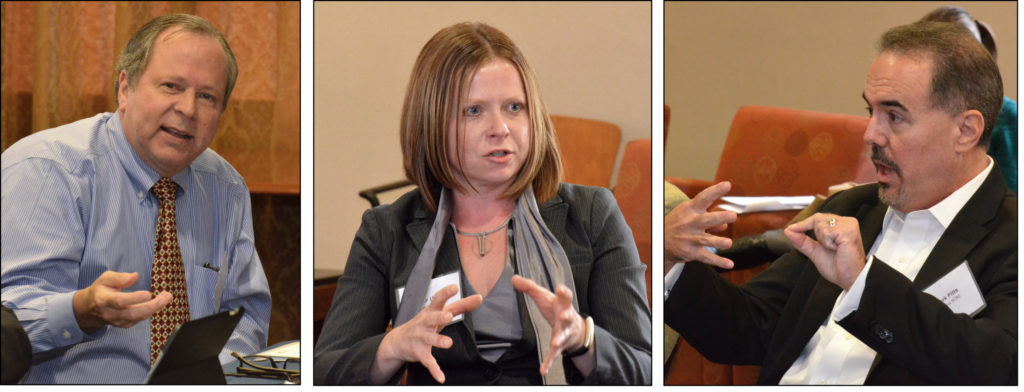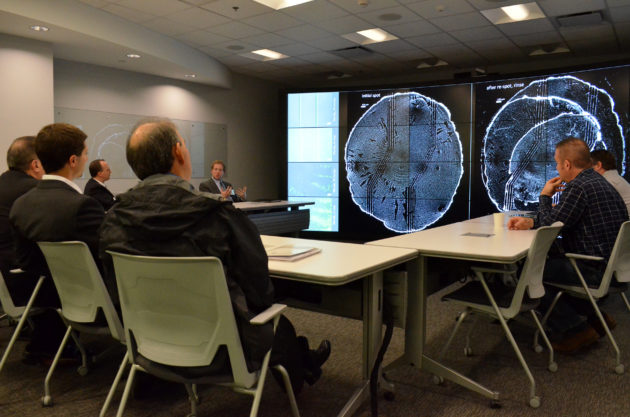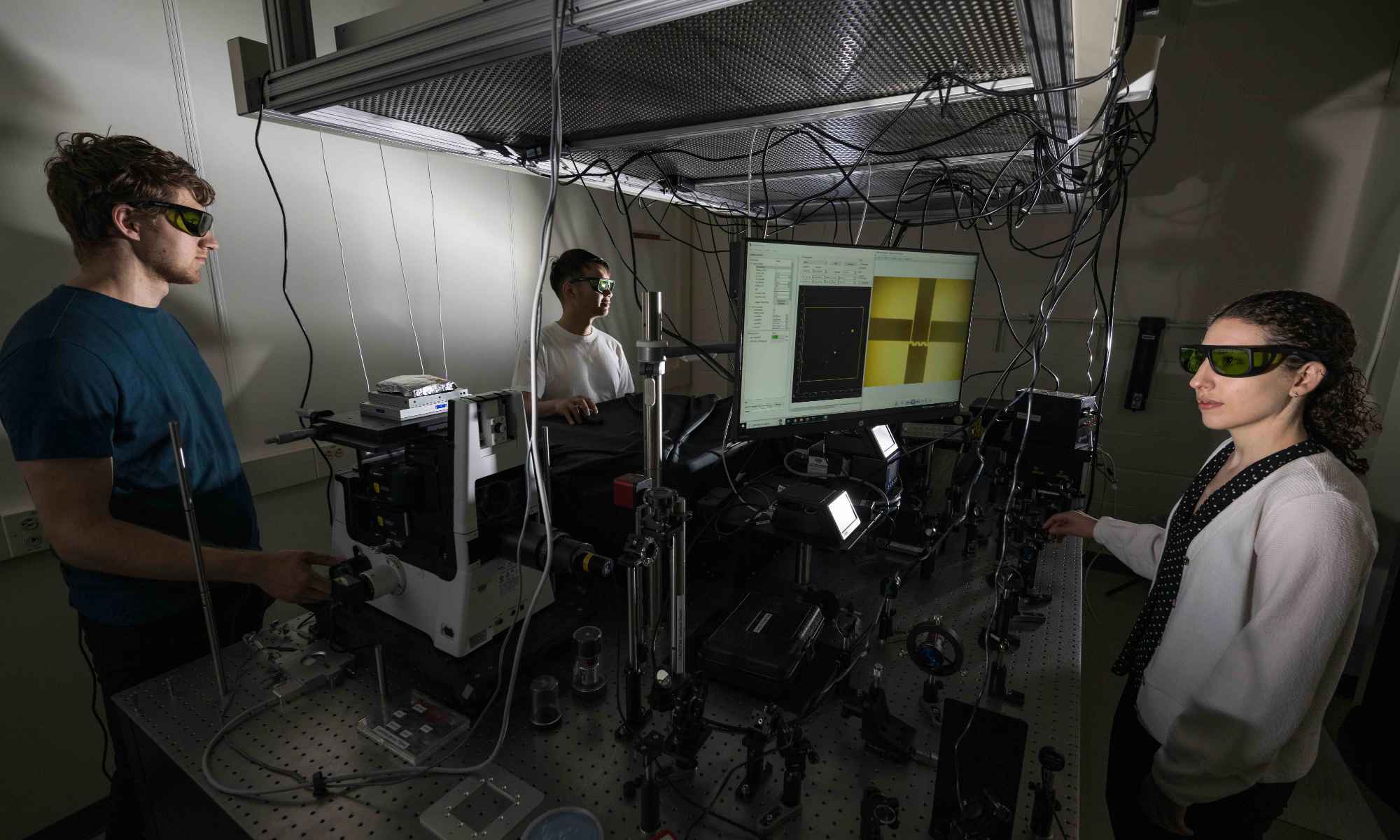A data science round table brought representatives from a dozen industries to the University of Rochester last week to explore opportunities for collaboration.
Rob Clark, the University provost and senior vice president for research, described the round table as a “framing discussion” about how the University’s data science resources “can best serve the Rochester community and raise all our opportunities in the process.”
The round table began with an overview of the University’s data science resources and programs by Henry Kautz, the Robin and Tim Wentworth Director of the Goergen Institute for Data Science.
Much of the discussion involved how cooperation between industry and the University could help address such issues as soaring health care costs, the challenges involved in sharing data, and finding ways to retain graduates with computational skills in upstate New York.

“We are training a tremendous number of engineers for Silicon Valley right now,” Clark said. “Facebook, Google, Apple, and every other company from there and Seattle are coming to Rochester and recruiting as many of our students as they can. If we’re training them in New York, you would think it would make sense to create opportunities that will keep them in New York.”
Providing undergraduates and master’s students with internships is a “natural way” for companies to interest students in working for them after they graduate, Clark said. Bob Maybee, vice president for customer loyalty and insights at Wegmans, said that internships, which supplement formal course work, are “vital for students to also understand the unique nature and operations of our business.”
Another challenge is bridging the gap between academic research and commercialization.
“In industry and business you solve problems,” said Martin Zand, director of the University’s Center for Health Informatics, and codirector of the Clinical and Translational Science Institute. “As researchers we often think of ourselves as answering questions. If we can have a constructive dialogue about the problems you, as companies, are facing, we may be able to find common ground. In some sense, solving a problem and answering a questions are two facets of the same thing.”
The Rochester Center of Excellence in Data Science, which is funded by New York State, “is designed to support these types of collaborations to address industry needs—whether focused on education and training, research and technology development, or access to computing and data visualization capabilities,” said Scott Steele, the center’s director. The center is part of the Goergen Institute for Data Science.
The round table concluded with a visit to the VISTA Collaboratory visualization lab in Carlson Library.




